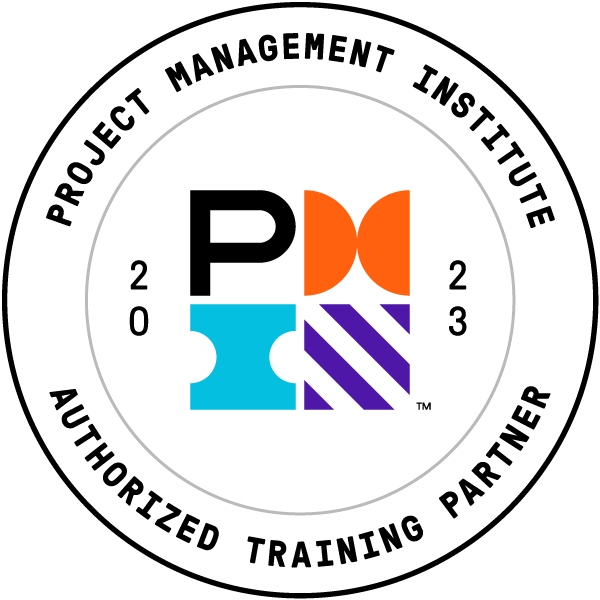Boost the cost, schedule, and operability performance of your small, site-based projects. Learn best practices used by the world’s leading project systems.
Course Summary
Process industry organizations spend 30 to 65 percent of their capital budgets on small, plant-based projects—projects less than US$10 million. IPA research has found that these small projects are frequently less successful than larger projects executed by the same company.
The IPA Institute’s Best Practices for Site-Based Projects course focuses on capital project planning and execution in the context of small and plant-based capital projects. The objective of the course is to present Best Practices and key learnings that program participants can apply to small projects in improving their performance. Attention is paid to practices associated with executing projects in operating plants.
Unique aspects of small and plant-based projects addressed in the course include:
- Annual budgeting process
- Small project teams and resources
- Revamp issues
- Turnaround / shutdown interface issues
Because most small projects that are executed in operating facilities involve some amount of revamp work, a portion of the course is dedicated to the critical issues that revamp projects face and outlines strategies to address those issues.
Topics Covered
Measuring Capital Effectiveness
- What is capital effectiveness and what are the key components?
- Overview of IPA’s methodology to measure capital effectiveness
Portfolio Management
- Examples of project environment challenges for small projects
- What is portfolio project management?
- Common barriers to effective portfolio management
- A four-phase portfolio management process. Key scheduling tasks for portfolio management
Introduction to FEL & the Stage-Gated Process
- The process of Front-End Loading (FEL)
- Key elements of a stage-gated process
- Advantages of implementing and adhering to a stage-gated process
Team Effectiveness
- Common barriers to successful team development
- IPA’s Small Project Team Development Index
- Team composition issues for specific key core team functions
The IPA FEL Index and Site Factors
- IPA’s FEL Index and its importance
- The aspects of project definition that Site Factors addresses
- How achieving a Definitive level of definition for Site Factors helps to reduce risk
Engineering Status
- The aspects of project definition that the Engineering Status component addresses
- How achieving a Advanced Study level of definition for Engineering Status helps to reduce risk
Project Execution Planning
- The aspects of project definition addressed by the Project Execution Plan
- Scheduling practices that significantly improve both predictability and competitiveness for small projects
- Microproject resource coordination considerations
Contracting Strategies
- Four key dimensions of a contracting strategy
- Different types of contracting formats and discuss their advantages and disadvantages
- How using incentives influences small project outcomes
- Key factors to consider when developing a contracting strategy
Construction Safety
- How safety performance is measured
- The factors, project characteristics, and project practices that drive safety performance
Project Controls
- Project controls and fundamental control activities
- Problematic issues for small projects
- Project Control Best Practices that correlate with improved project outcomes
Turnaround Integration
- The need for integration between capital project teams and maintenance turnaround teams
- The 3 integration phases
- The areas in which integration is important and the best timing for completing integrated tasks
- The costs of not integrating
Pathway to Improvement
- Discussion of IPA research that targeted a sample of sites that achieved significant improvement in their level of FEL (improved by 1 category or more) and cost performance (improved by at least 10%)
- What activities did the sites do to achieve improvement?
- What elements were in place to enable improvement?
- What conditions drove improvement?
Key Benefits
Upon course completion, participants will have gained the following:
- Insights in the key drivers of small project success, which often are overlooked by large corporations
- Tools and techniques that can be immediately used to improve the effectiveness of project systems
- Knowledge to align small, plant-based projects with business needs
- Understanding of the requirements to achieve a Best Practical level of Front-End Loading (FEL)
- Skills to leverage resources effectively
Course Background
All course instruction, presentations, and supplementary course materials are rooted in IPA’s decades of experience evaluating project and project systems, and conducting quantitative research into capital project issues and trends. The IPA databases store detailed information on thousands of small, plant-based capital projects, which IPA uses to conduct quantitative research and to identify practices and work processes that lead to more effective use of capital. Best Practices for Site-Based Projects integrates key aspects of this body of knowledge into a single course.
Target Audience
This program is intended for owner company project professionals interested in learning how to develop and implement an effective small, plant-based project delivery system. This includes the following job functions:
- Experienced project managers
- Plant engineering managers
- Project control specialists
- Plant and business managers responsible for portfolios of small capital projects
- Contractor personnel
Note: This course does not teach fundamental project management skills such as cost estimating, planning, and scheduling, but instead provides a detailed treatment of Best Practices and key learnings from IPA research. Participants should have previous capital project experience and have a working knowledge of basic project management concepts and techniques.

